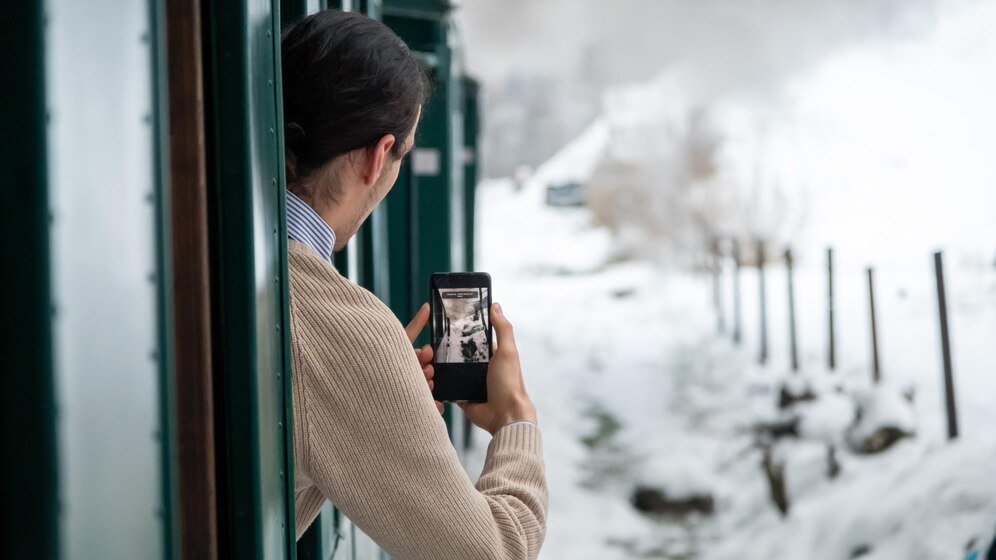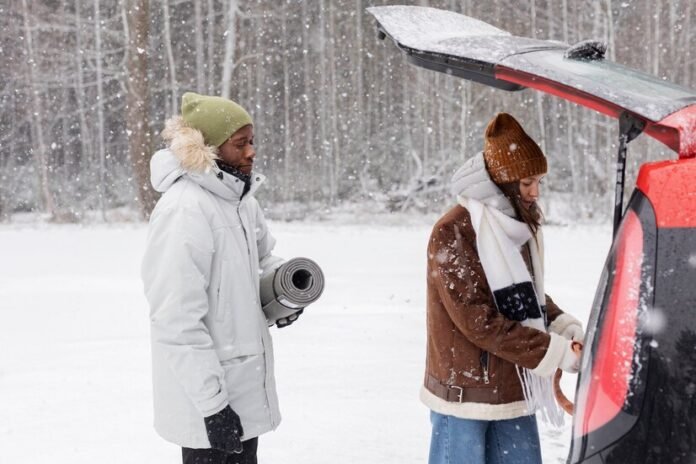When temperatures drop and snow blankets the landscape, snowbreak locations become hubs for adventure seekers and residents counting on essential services. But with extreme weather comes the risk of power outages—a risk that these areas can’t afford. An uninterruptible power supply (UPS) system is the ultimate safeguard, ensuring that snowbreak locate uninterruptible power supply maintain consistent power, whether for hospitality services, critical infrastructure, or equipment protection.
This article explores how UPS systems provide reliable power solutions for snowbreak locations, guiding you through understanding their necessity, benefits, and the factors to consider when choosing the right system.
The Challenges of Power Supply at Snowbreak Locations
Snowbreak locate uninterruptible power supply are uniquely beautiful but come with distinctive challenges. These regions often face extreme snowstorms, ice accumulation, and subzero temperatures that can wreak havoc on infrastructure. For such areas, power supply is the backbone of several crucial aspects:
- Hospitality & Tourism: Lodges, resorts, and eateries rely on consistent power to keep guests comfortable with heating, lighting, and entertainment.
- Critical Operations: Facilities like hospitals, communication centers, or transportation hubs cannot risk any interruptions during emergencies.
- Power-Hungry Equipment: Snow plows, ski lifts, and other machinery used to maintain snow conditions often require large amounts of energy. A sudden power cut can bring operations to a standstill.
When outages occur during peak winter activity, the consequences can range from discomfort to life-threatening emergencies. That’s where the uninterruptible power supply (UPS) system comes into play.
What Is a UPS, and How Does It Work?
An uninterruptible power supply (UPS) acts as a bridge between your power source and critical devices, providing backup energy instantaneously when the primary power fails. It ensures that operations run smoothly until the power source is restored or an alternative is activated, like a generator.
Here’s how UPS systems operate:
- Continuous Power Flow: UPS devices take energy from electrical circuits and charge an in-built battery.
- Immediate Backup: When electricity cuts off, the battery kicks in instantly to provide power to connected devices.
- Voltage Regulation: UPS systems stabilize power fluctuations, protecting sensitive equipment from damage due to surges or voltage dips.
At snowbreak locations, UPS systems are a lifeline, keeping critical components like heating systems, power tools, and communication lines functional when it matters most.
Why UPS Is Essential for Snowbreak Locations
Installing a UPS system at snowbreak locations isn’t just a precaution—it’s a smart investment that delivers significant benefits:
1. Prevent Downtime
Power interruptions can disrupt services and tarnish the reputation of businesses like resorts and lodges. A UPS ensures that your operations continue seamlessly, keeping guests comfortable and satisfied.
2. Protect Equipment
Frequent power surges or outages have the potential to damage expensive equipment. By stabilizing electricity flow, UPS shields vulnerable systems like computer servers, heaters, and machinery, reducing long-term maintenance costs.
3. Ensure Safety During Storms
Snowbreak areas often rely on GPS-based emergency tracking systems, traffic signaling, or heating to combat harsh weather conditions. A reliable UPS can power these systems during critical moments.
4. Retain Data Integrity
For facilities that collect data—be it weather stations or enterprises running analytics software—a sudden power cut can disrupt years of work. A UPS ensures that the data remains accessible and secure.
Selecting the Right UPS for Your Snowbreak Location
Choosing the appropriate UPS system for your snowbreak location requires thoughtful planning. Here are key factors to consider:
1. Power Capacity
Assess the total power demand of your devices and machinery. Look for a UPS system that matches or slightly exceeds the kilowatt (kW) capacity required to ensure your entire operation remains running.
2. Redundancy and Scalability
Opt for UPS systems designed with redundancy (backup systems for critical loads) and scalability for future expansion. These features ensure flexibility as the demand grows over time.
3. Environmental Conditions
Snowbreak locations typically face extreme cold and moisture. Choose a rugged UPS that can operate effectively in low temperatures and has corrosion-resistant enclosures for added protection.
4. Runtime Requirements
Determine how long you want the UPS to sustain power. Some systems are designed for just a few minutes (ideal to cover short outages or allow safe shutdown), while others can run for extended periods.
5. Installation and Support
Be sure to engage with trusted suppliers who offer tailor-made solutions, on-site installation, and 24/7 maintenance support. The reliability of your UPS system goes hand-in-hand with the expertise behind its setup.
Real Success Stories from Snowbreak Locations
Case Study 1: Mountain Edge Resort, Colorado
Mountain Edge Resort faced recurring power outages during peak ski season, which often left guests in discomfort. After installing a 50 kW UPS system, the resort was able to maintain operations during storms, resulting in higher guest satisfaction and more bookings.
Impact Metrics:
- Guest satisfaction score increased from 4.2 to 4.8 on review platforms.
- Operational efficiency improved by 35%, as outages no longer delayed services.
Case Study 2: Snowville Emergency Response Center
A response center in Snowville, known for aiding stranded motorists during snowstorms, equipped its facility with a UPS system capable of sustaining power for up to 8 hours. This investment saved lives during a blizzard when communication systems remained functional while other locations experienced a blackout.
Testimonial:
“The UPS system was a game-changer for us. Instead of being part of the problem during the blackout, we became part of the solution.”
Future Trends in UPS Technology for Snowbreak Locations

The future of UPS technology is exciting and holds even greater potential for snowbreak locate uninterruptible power supply.
- Eco-Friendly Systems
Green energy integrations, such as hybrid UPS combined with solar panels, are gaining traction for reducing carbon footprints.
- AI-Driven Maintenance
Predictive analytics in UPS systems can detect potential issues before they arise, preventing downtime.
- Modular UPS
Modular designs allow easy scalability and section replacements, ensuring uninterrupted service while minimizing costs.
These innovations promise to make power backup solutions more reliable, sustainable, and efficient.
Prioritize Power for Snowbreak Locations
Snowbreak locations cannot afford to lose power—it’s a matter of safety, efficiency, and trust. From ensuring continuity during emergencies to protecting high-value equipment, a UPS system is the backbone of consistent operation in extreme conditions.
Now is the time to assess your power backup needs and consider implementing an uninterruptible power supply system tailored to your location. Keep your services running smoothly and make sure every guest or resident stays warm and safe, no matter the weather.


